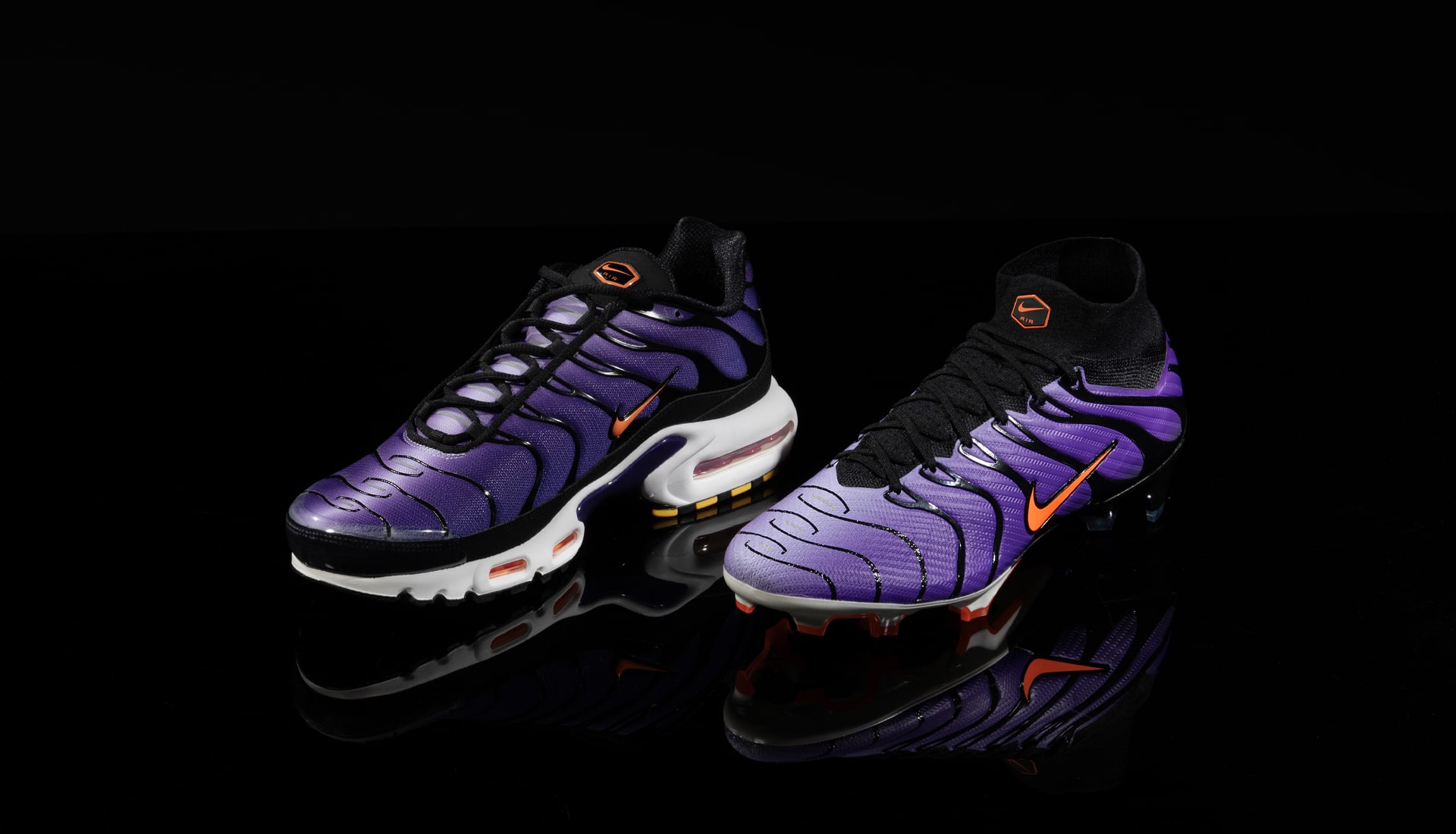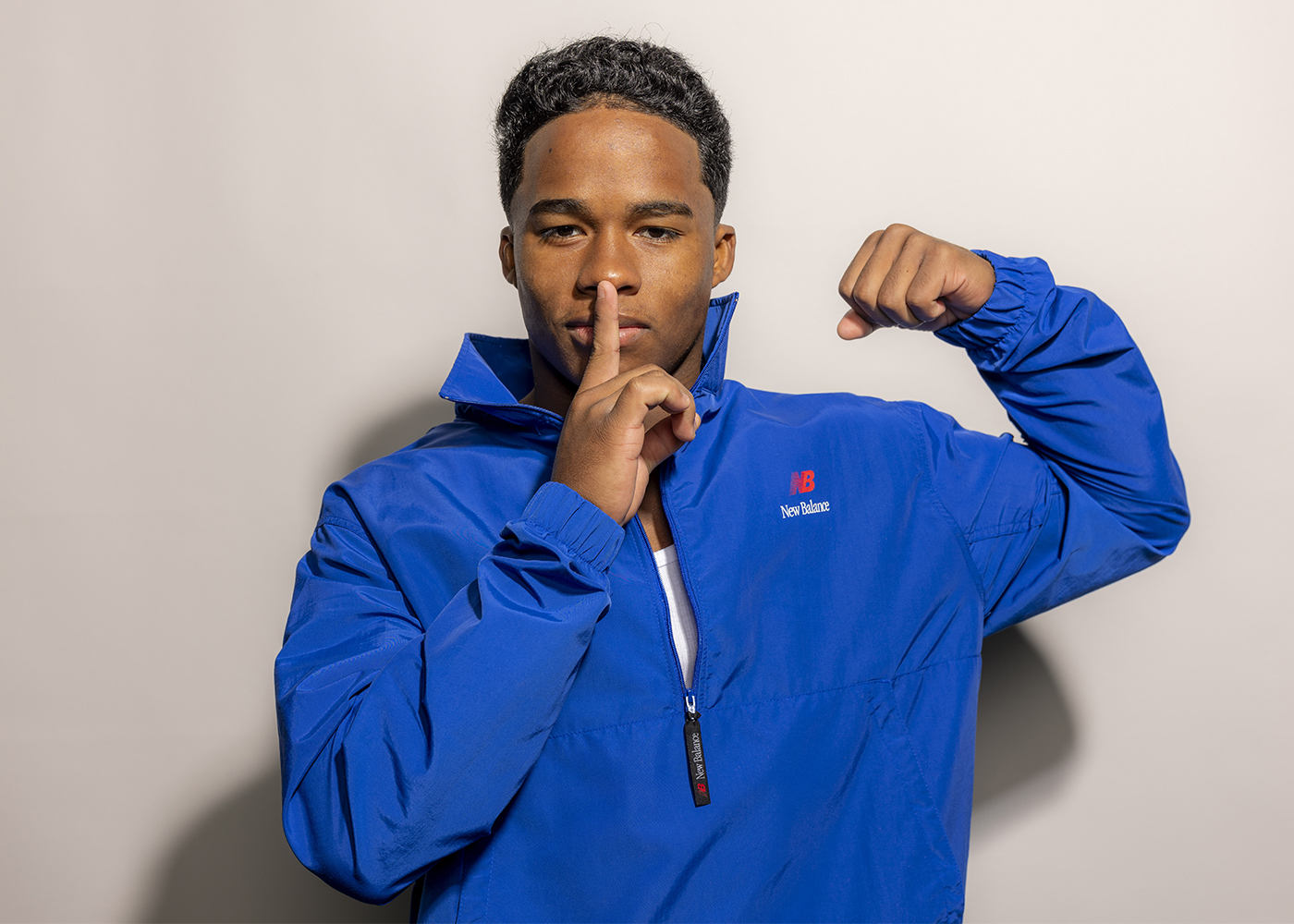When it comes to showing off your national pride in the footballing world, Africans do it like no other. Forget flocks of flag waving Sierra Leoneans running down the streets of Freetown after they snatched a point against Côte d’Ivoire late on, or Senegalese aunties dancing with national hero Sadio Mané days before the tournament began; I’m talking about the socks, shirt and shorts that become the costume for these African superheroes.
With the group stage curtain closing, Sunday’s round of 16 will no-doubt draw more keen eyes onto the tournament as the stakes grow higher. Let’s take a look at some of the best kits amongst the 24 teams that got us here…
David Bremond, Head of Product line management at PUMA, told ESPN in 2020 that creating inspired kits for African teams at major tournaments took long, dedicated hours of painstaking research, collaboration and creative design.
“The main purpose is to create authentic and personalised stories for each federation,” Bremond revealed, “and we wanted to show the diversity of each of those countries and to make sure the fans are proud of wearing those kits.”
“Football is much more than a sport, it’s part of the culture in each of these countries.”
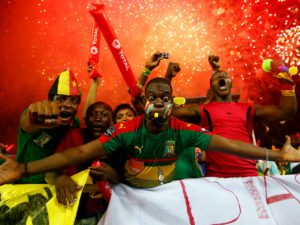
Telling a story is a definite commodity that all the participating nations at AFCON hold true. Take arguably the most striking strip, Mali, the Eagles: A colourful green, white and yellow kit adorned with a stoic eagle as centrepiece, talons bared. The shirt could easily be mistaken as a kind of brazen warpaint rather than a sports jersey, making Malians and spoilt teenagers alike itch to get their hands on this iconic strip.
The origin of the eagle is disputed in Mali. Some claim it stems from folklore as a ‘legendary vulture.’ Others believe it is a dove, symbolising peace. The west-African nation’s flag waves red, yellow and green. Red symbolising the blood shed gaining independence from the French, green standing for fertility of the land and yellow for purity and mineral wealth.
French designers Airness have levelled up the Eagles’ shirt this year, giving it a modern finish, hand in hand with a traditional tribal pattern around the chest area. Mali’s story begins way back in 1972, when they first wore an eagle-inspired kit out on the field. 1972 also signifies their highest finish at the Cup of Nations, finishing runners up behind Congo.
Captained by Rennes’ Hamari Traoré, headlined by Brighton’s Yves Bissouma, Mali sit joint top of Group F and are unbeaten after their opening 2 games, and face Mauritania next at the time of writing. Could they better their record 1972 runners up finish this year? It would certainly be a feat in their flamboyant, colourful armour.
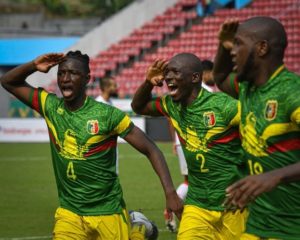
Senegal are bookies’ favourites to win the tournament but have started slowly, winning their first game via a late, lucky penalty against Zimbabwe, and were held by Guinea in 0-0 draw in their second. Some would say a boring beginning for the Lions of Teranga.
Far from boring is their brand new strip- their classic white & green trim kit with an eyebrow raising twist. From afar, Senegal’s outfit looks simple; green and white right? But only when looking closer can the Lions’ story and history be understood. A faint bronze and red patch-style pattern fills the background of the shirt, enticing admirers to look closer.
The ‘décopatch’ pattern (meaning the mixture of bright, bold patterns and papers) is a talisman of Senegal’s national history. The kit’s design is a reminder of the rich materials and resources that pass through the ‘Gateway to Africa.’ Dating back to the Middle Ages, Senegal’s coast was the first point of contact the continent had with European trade.
Kalidou Koulibaly’s Lions will be feeling the pressure no doubt, carrying their national pride and the betting man’s hopes on their shoulders in the coming weeks. They face neighbours Malawi in their final match of the group stages, looking to score only their second goal of the tournament. A team wearing a kit as elegant as theirs should be playing elegant football.
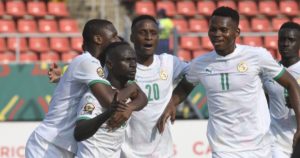
In terms of appearance and fashion statement, Nigeria already have the competition sewn up with their newest memorable jersey. The Super Eagles are the only team in the competition so far to have maintained a 100% record after 3 games, registering 9 points under interim coach Augustine Eguavoen. Perhaps their intimidating kit is partly responsible for their recent scary run of form…
Fans are describing Nigeria’s new strip as an ‘upgrade’ on their famous 2018 strip, made specially for the World Cup in Russia. The Nike-made original shirt had sold out within weeks of release following a staggering 3 million orders. Naija brought an original splash of vibrance and funk to the tournament that year. People remember that group game against Iceland for a stunning Ahmed Musa brace, clad in a kit dripping with style and pride.
The home jersey was more than just a fashion statement. Nike drew inspiration from the Super Eagles jersey from the 1995 King Fahd Cup—now known as the FIFA Confederations Cup. The kit also acted as a memory jogger from the 1994 jersey, worn to play England in a friendly match at Wembley. The recoloured badge was a tribute to the crest worn by the gold medal-winning ‘Dream Team’ of the 1996 season, when Nigeria became the first African country to win gold at the Olympic soccer event.
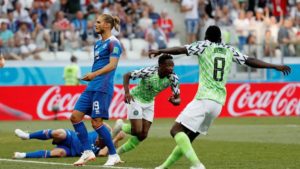
The Super Eagles kit at AFCON 2021 is not dissimilar to their 2018 strip, this time centring the national badge and Nike emblem in the middle of the shirt, which gives way to a fresh white space in the middle of the kit. Regardless of how high the expectations are for Nigeria’s new kit each time a new tournament rolls around, since the last time they took to the global stage, they have stepped up their footballing drip. The current best-performing team in the tournament, Naija wear the classiest and most memorable jersey in Cameroon this year.
Who could forget the honourable mentions? Besides, all 24 teams at the tournament have striking and colourful kits, something African nations are known for. Cape Verde, the Sharks, play in only their third Africa Cup of Nations, wearing a deep elegant blue kit, trimmed with gold. Their new kit is and ode to the team’s nickname as a bullish shark swims across the bottom of the ocean-like shirt it inhabits. The minnows sit third in group A behind Burkina Faso, only behind on the ‘head to head’ result rule.
Cape Verde is known for being home to over 60 species of shark, However only a single attack has ever been reported by the west-African Atlantic island. Unlike the coast guard, the nation’s football federation will be looking for ‘killer instinct’ from their team to secure progression to the round of 16.
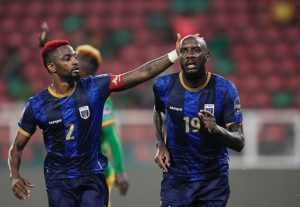
The Warriors, Zimbabwe, have finished last in group A, but will leave the tournament living up to their nickname: wearing a suit of armour fit for the noble and brave. The southern-African nation fought tirelessly in their opener against Senegal, but fell foul to a late, late penalty.
Their traditional yellow shirt is an eye catcher this year, as the national flag’s colours bleed across the shirt, creating a pallet of colours that transport your eyes to the Savannahs of Africa. According to the history of the flag’s design, the mixture of colours allude to the importance of a pre-colonial, pan-African source of power. The colour which perhaps bleeds brightest on the Warriors’ shirt is red, which alike many other African flags, represents the blood shed in the fight for independence.
Although here in the UK the level of Sky Sports’ coverage of the tournament has been heavily criticised, the kits at AFCON do the talking. Following this year’s competition’s growth into the nail-biting phases, hopefully the pride of Africa and the importance of football to the continent will be done justice by the TV cameras…



